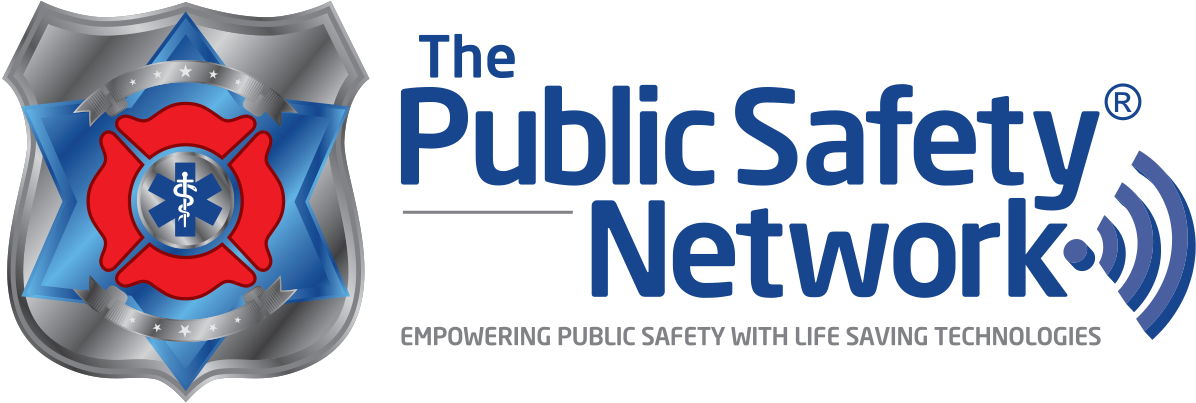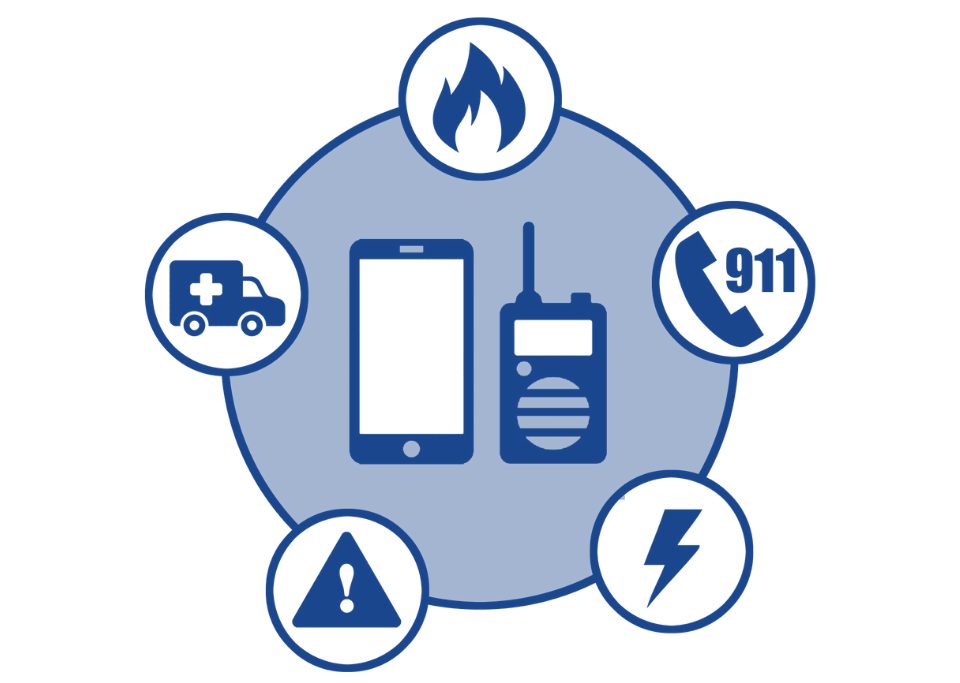
Change Management in Public Safety
July 27, 2022
Privatizing Your Online Presence
September 27, 2022Active shooter incidents and school shootings have risen to record numbers in recent years. In 2021 alone, there were more school shootings than any other year recorded. This increase in violence against students understandably has communities, schools, administrators, and families on high alert. With so many instances of violence, it only makes sense to focus on what safety measures can be implemented to keep students and faculty safe.
Enter the idea of “Smart Schools,” schools fully equipped with video and sensors to regularly monitor the buildings (perimeter, doors, windows, people inside, etc.) and dispatch emergency services the moment a suspicious person is identified, a gunshot is detected, or an emergency alert activated. Gone are the days of having to pull out a phone, dial 911, talk with a call taker, and wait for a dispatch. With solutions available today, emergency services personnel can be dispatched to a scene in seconds with the push of a button and simultaneously watch or listen to a live stream of the incident en route to and during the incident. Technology companies are focusing on engineering ways to achieve faster detection, faster emergency response and intervention, and real time monitoring of incidents to provide schools with enhanced safety features created to protect students, faculty, administrators and other employees, and visitors.
While there are plenty of sensors, cameras, and alerting systems ready for purchase, schools need to address a few other key issues when planning to outfit facilities with these safeguards.
The first is connectivity. Newer safety enhancements require strong and reliable connectivity to quickly exchange video and other sensor data and for school personnel to communicate via voice and data with local law enforcement and other emergency services. Where coverage gaps and in building penetration challenges exist, it’s important to know there are numerous solutions on the market today that can extend the range of a cell network both outside and deep inside the buildings, to include stairwells and basements and other hard to reach areas.
Next is training. All personnel expected to use new technology solutions must receive adequate training and demonstrate proficiency. Aside from the initial training and regular planned exercises, the best way to achieve this proficiency is to integrate these solutions fully into routine daily operations for all involved. If all affected school personnel use the technology every day when there are no emergencies, they’ll be familiar with it and using it during a critical incident will be second nature to them.
And finally, while many schools historically have had limited budgets, there is renewed interest and commitment from federal and state legislators, school boards and administrators, and others to allocate sufficient funding for school security improvements.
Attacks in schools are frightening, not just in the acts themselves and their consequences but in the uncertainty of when and where they will happen. Planning, preparedness and the effective use of new security technologies can help faculty and administrators, along with their first responders, increase confidence amid the vigilance.




